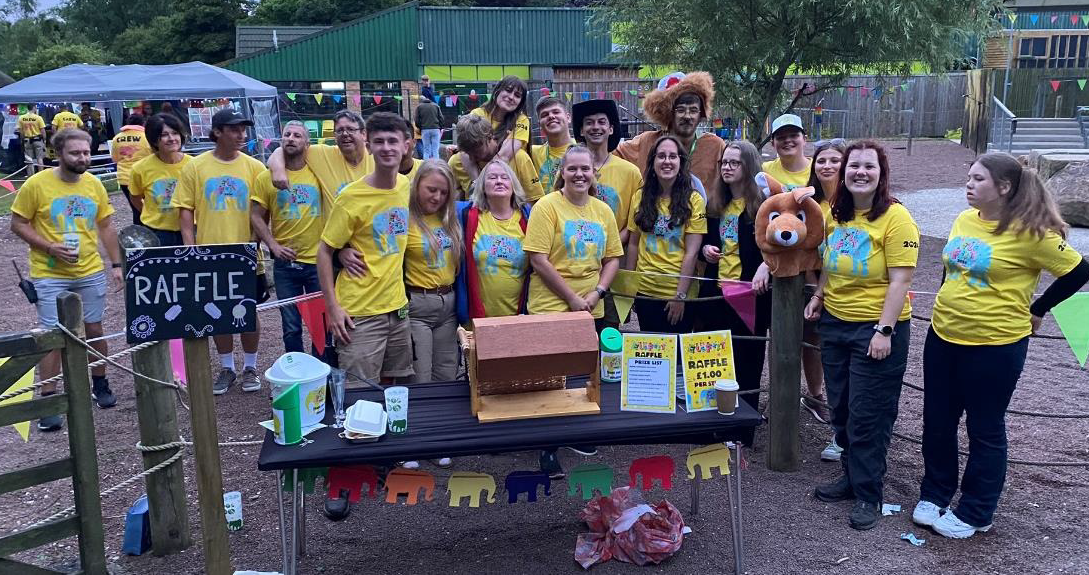
New pandas arrive at Zoo de Madrid
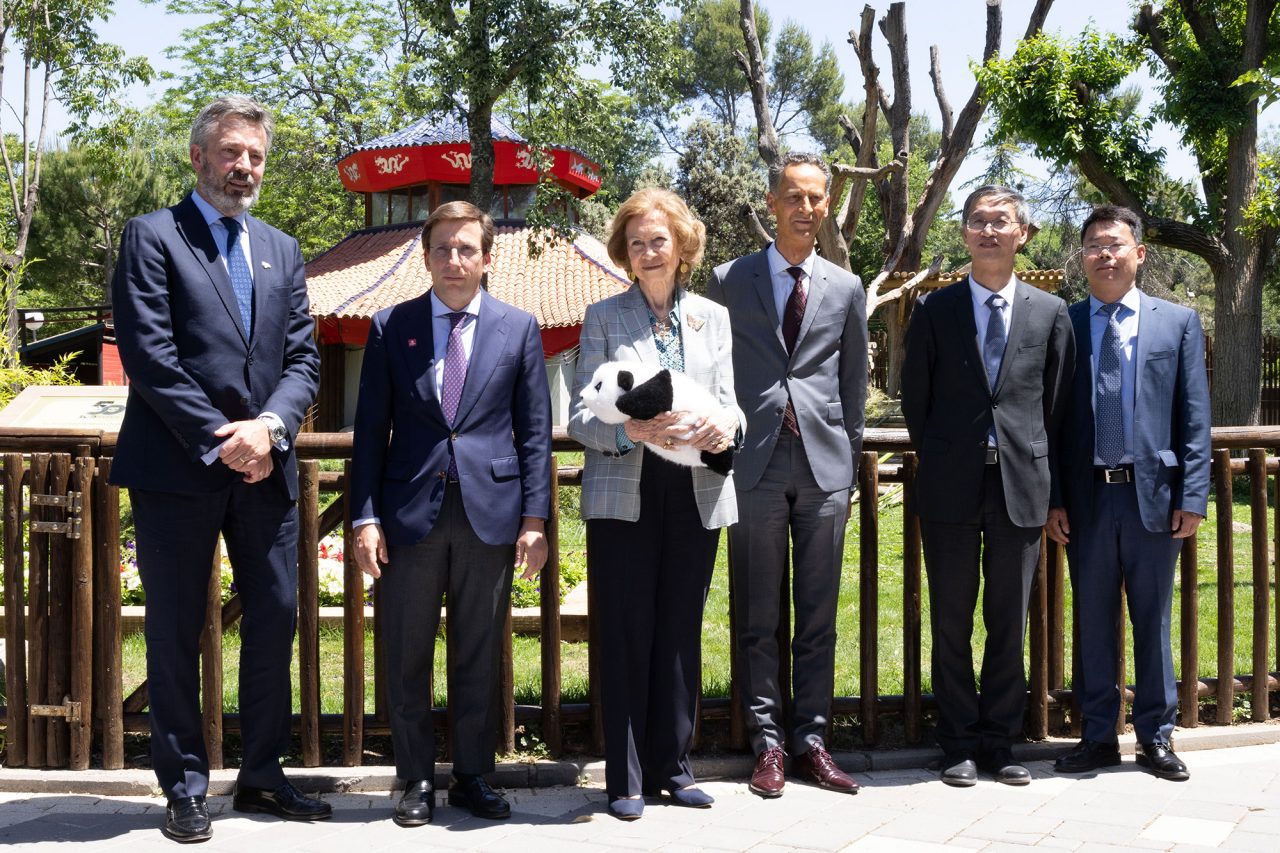
The male Jin Xi (1/9/2020) and the female Zhu Yu (25/10/2020), the new pair of Giant Pandas at Zoo Aquarium of Madrid has been officially presented today in an institutional act presided by Her Majesty Queen Sofia accompanied by the Ambassador of the People's Republic of China, a delegation from the Chengdu Giant Panda Research and Breeding Base, the Mayor of Madrid, the CEO of the Parques Reunidos Group and the Director of the Madrid Zoo.
Jin Xi and Zhu Yu arrived from the Chengdu Base on 29 April and after completing quarantine, today they were presented on their first public walk under the watchful eye of Her Majesty Queen Sofia. During the presentation ceremony, their adaptation process was explained, during which they have been supervised by a large technical team including a keeper and veterinarian from the Base who have accompanied them on the trip and will be in Madrid for the next few months, facilitating their adaptation and sharing their knowledge with the Zoo's team of keepers and veterinarians.
The pair, who have enjoyed an exquisite diet, with more than 60 different species of fresh bamboo and tender gourmet shoots, currently weigh around 110 kilos, the male, and 98 kilos, the female. A diet, explained live with some samples of canes and branches to all attendees from the hand of one of their caregivers, allowed Queen Sofia the opportunity to experience their feeding up close.
Before the panda's departure to the meadow, a group of students from the Confucius Institute welcomed Her Majesty Queen Sofia by presenting her with a panda handicraft. Subsequently, the plaza of the Giant Panda facility was named Plaza Reina Sofía as a sign of affection and gratitude for the Queen's support and sensitivity over the decades to the conservation projects for endangered species conducted at Madrid Zoo and, in particular, to her association with the Giant Pandas since 1979.
During the speeches, the CEO of the Parques Reunidos group, Pascal Ferracci, underlined the new phase that, with this young pair of pandas, will last until 2034, thanks to the partnership agreement with the China Wildlife Conservation Association. ‘With the experience of all that we have learned over almost two decades, we thank our colleagues at the Chengdu Base for the close collaboration they have given us over the last 17 years, helping us to develop valuable knowledge and working closely in the care and breeding of this species’.
The Chinese Ambassador to Spain, Yao Jing, said ‘From the arrival in Spain of the first pair Chang Chang and Shao Shao, to this new couple Jin Xi and Zhu Yu that we are pleased to present to the public today, the friendly bond developed through the pandas that unite our two peoples has lasted more than 40 years and these special animals have become an important symbol of China-Spain friendship.’
The director of the Chengdu Giant Panda Research and Breeding Base, Yin Zhidong, recalled the origin of this collaboration between China and Spain in panda conservation since 2007, when the previous pair arrived, highlighting that ‘under the care of the Madrid Zoo, Spain has achieved the most fruitful results in international giant panda breeding in all of Europe, with six panda cubs successfully bred in the last 17 years. The collaboration between China and Spain on the giant panda is an example for the international community.
From today, we will work together to care for the new pair, Jin Xi and Zhu Yu, and carry out research on breeding, disease prevention and control, thus making a positive contribution to giant panda conservation’.
The Mayor of Madrid, José Luis Martínez Almeida, has highlighted the Madrid Zoo as a must visit in the city, ‘we can proudly boast that Spain is a privileged country and in particular, Madrid, in the Conservation and Breeding of the Giant Panda. Therefore, I encourage locals and visitors to come and meet Jin Xi and Zhu Yu. We are proud to host this unique species in Madrid and to contribute to its preservation’.
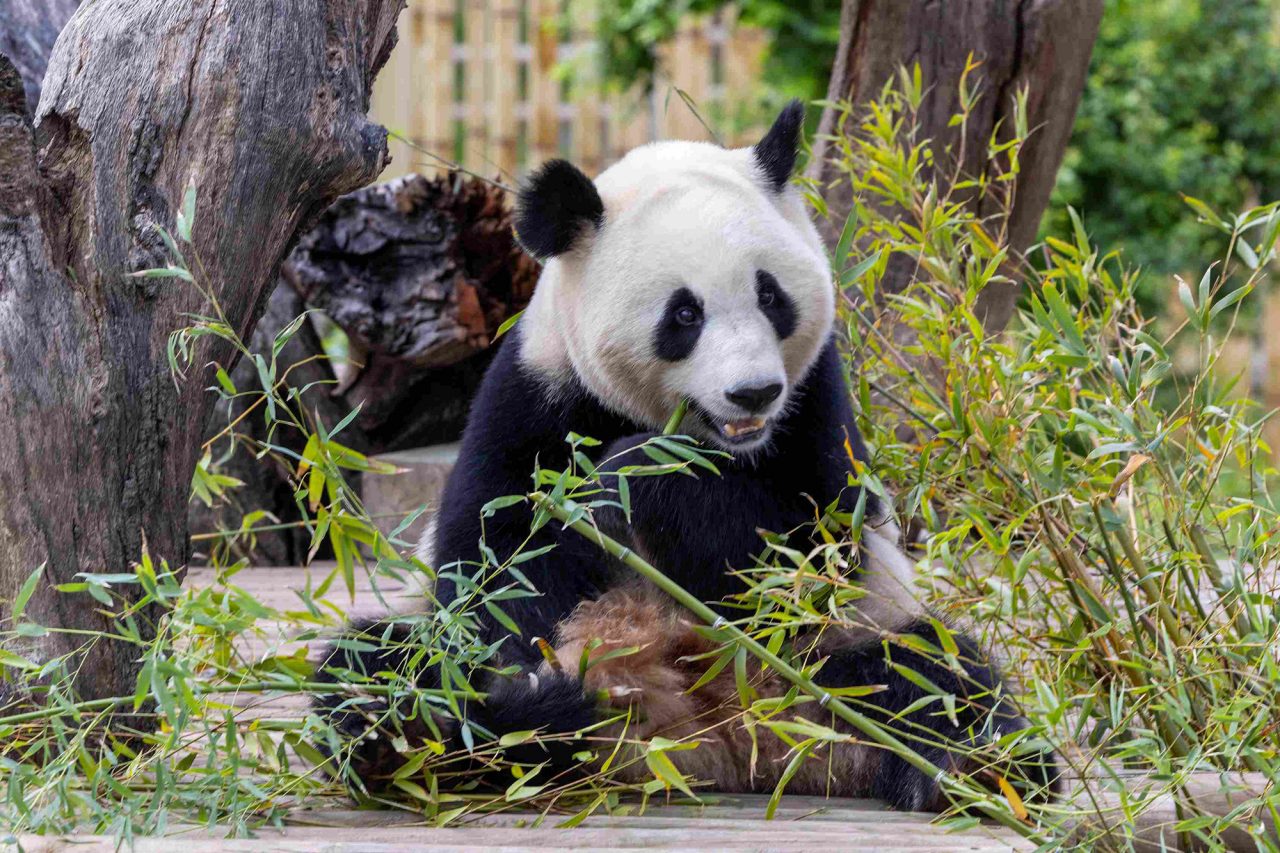
About Madrid Zoo Aquarium
Located in the lungs of the city, Zoo de Madrid was inaugurated on 23 June 1972 in the surroundings of the Casa de Campo. Within the framework of EAZA (European Association of Zoos and Aquariums), it participates in 63 conservation programs for endangered species such as the white and Indian rhinoceros, giant otters, the Bornean orangutan and the Iberian lynx, among others. Several of these projects include the reintroduction of extinct species into the wild, such as the giant otter, the Dorcas gazelle and the release of barn owls in the Madrid region.
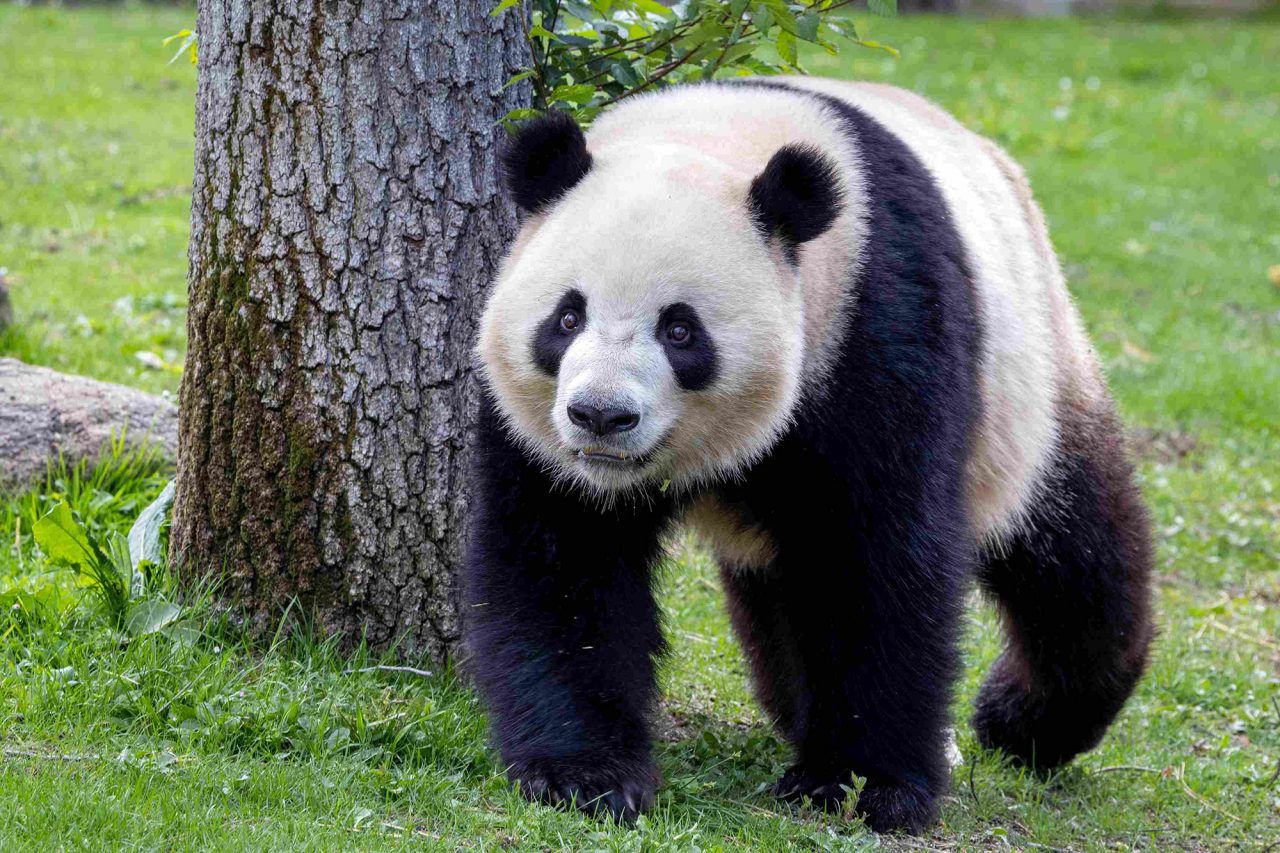
Recent entries
-
When Inclusion and Nature Came Together

-
“Animal Welfare Starts with Us”: A Conversation with the Zoo Aquarium Madrid Team
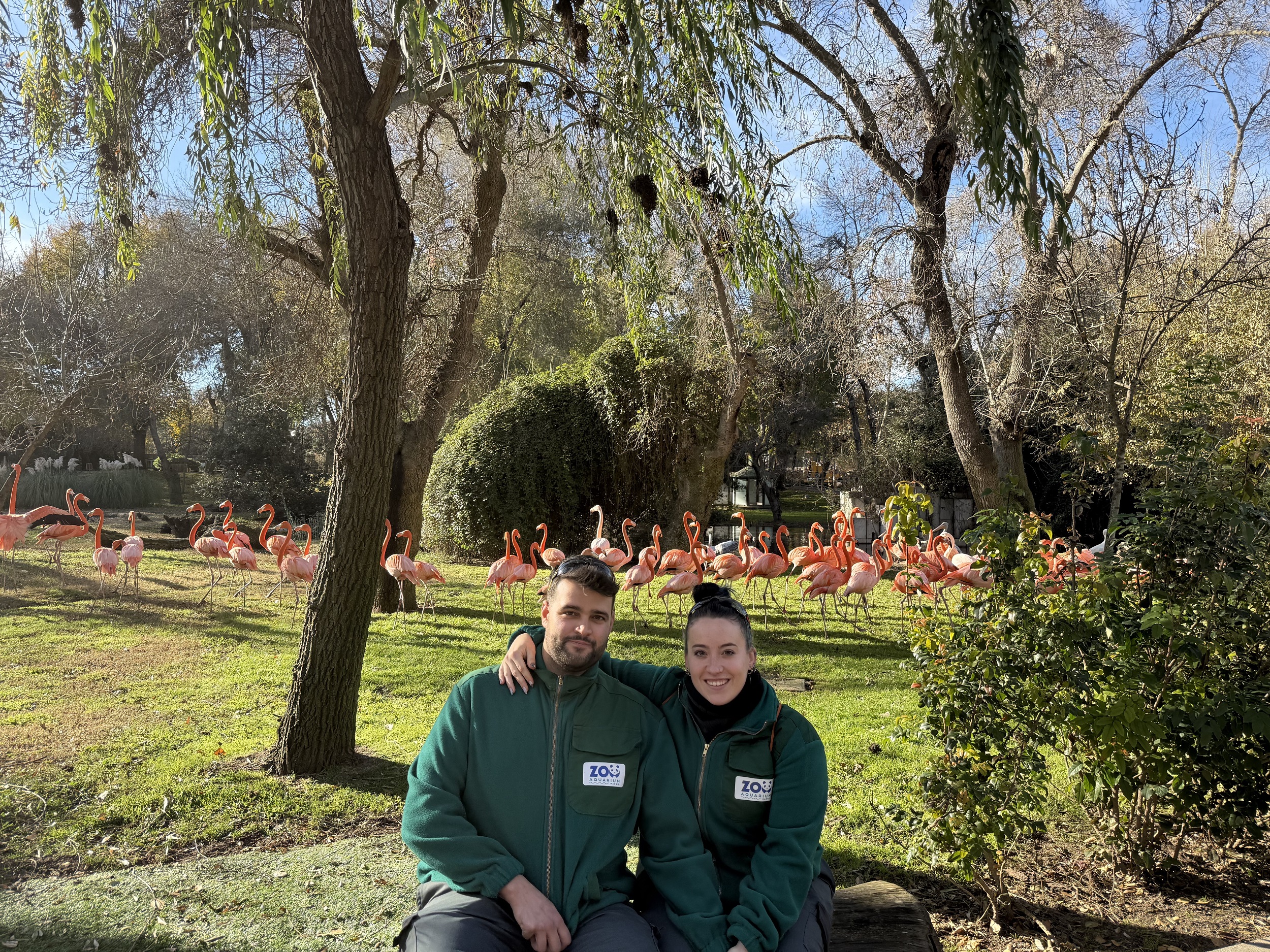
-
Belize Arrives in Faunia: A New Chapter in the Conservation of the Antillean Manatee
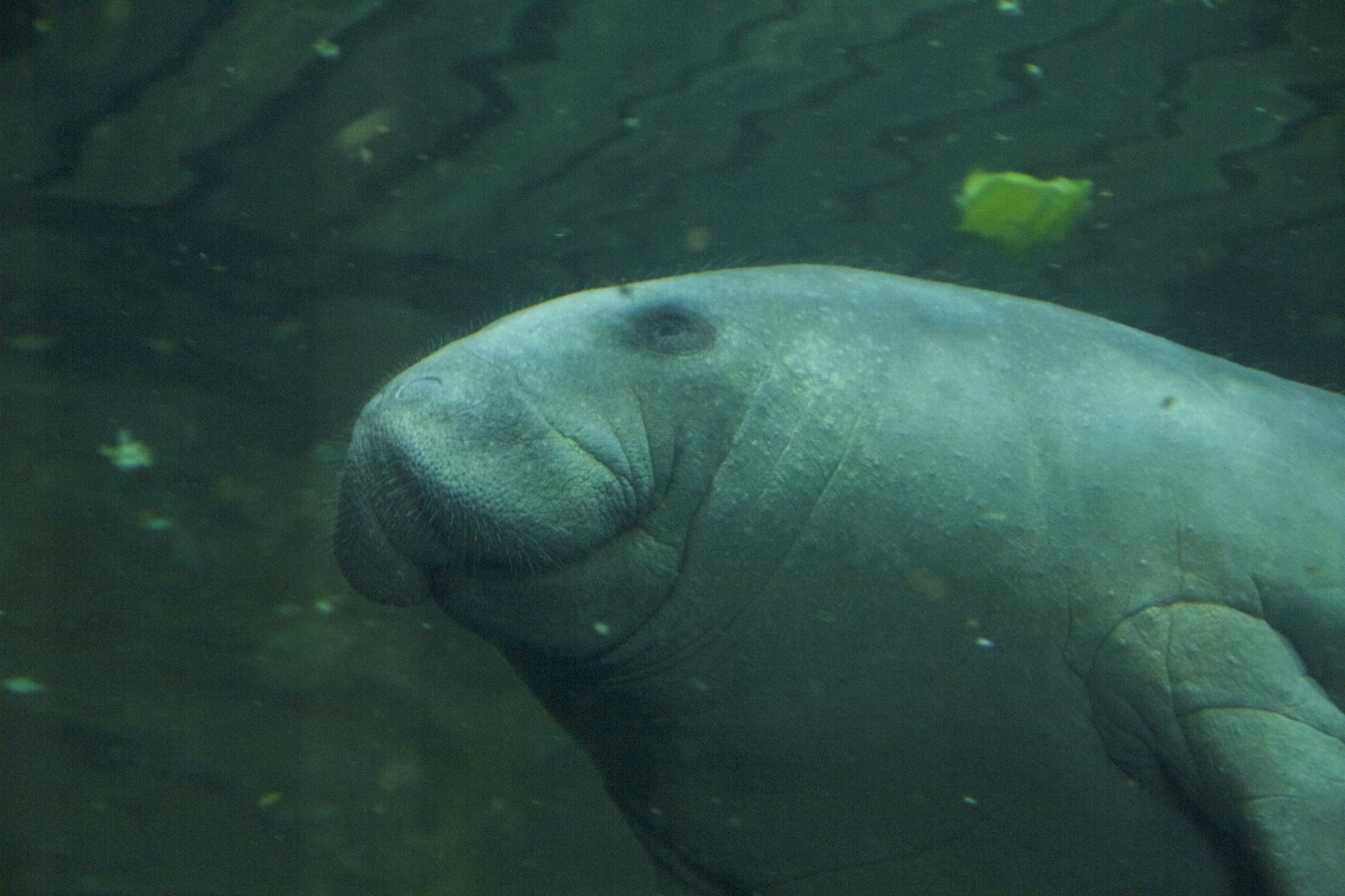
-
Protecting Giants: An Interview with Kristian Bold on Blackpool Zoo’s EleFest and the Power of Community Conservation
